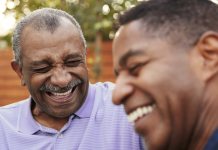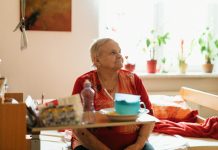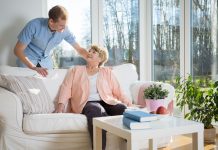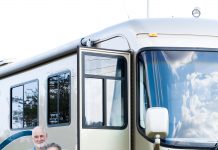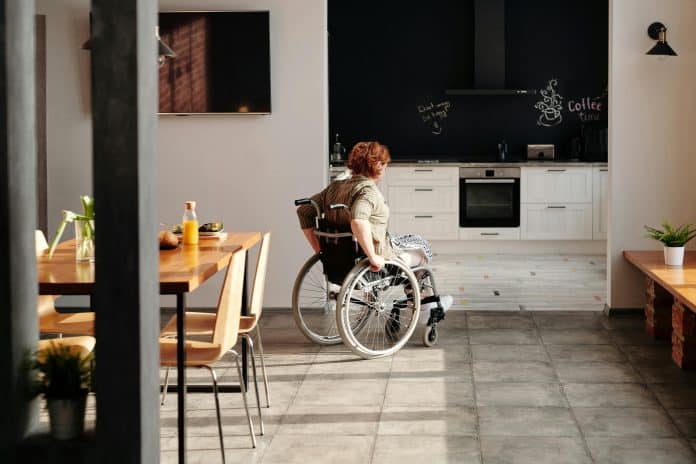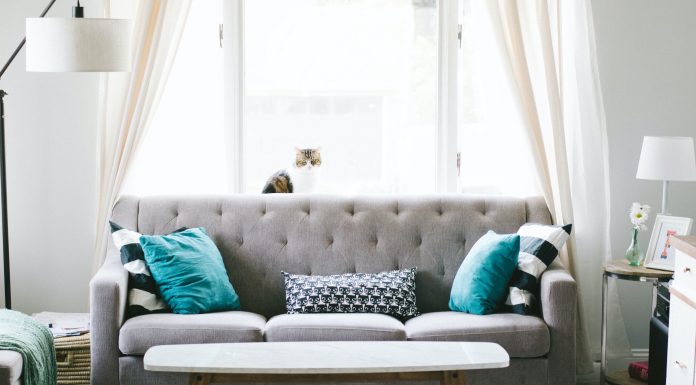Los Angeles has a growing population of older adults, making it vital to design homes that meet their specific needs. Properly designed living spaces enable seniors to live independently and comfortably by addressing mobility and safety challenges, including uneven flooring, narrow doorways, and poorly lit hallways. Features like zero-step entries, grab bars near key areas, and smart technologies such as motion-activated lights, fall detection systems, and voice-controlled appliances provide greater access and security.
These enhancements make everyday living safer and more manageable for older adults. Thoughtful layouts that foster a sense of belonging and functionality are often created in collaboration with Los Angeles architecture firms. With a focus on accessibility, technology, safety, and outdoor spaces, these firms design environments where older adults can thrive, turning ordinary houses into supportive homes tailored for their needs.
Accessible Entrances and Pathways
Creating entrances and pathways accessible to everyone transforms the experience of entering a home. Zero-step entries eliminate barriers, allowing for seamless movement, whether on foot or using mobility aids. Wide doorways guarantee that individuals can move through spaces easily, accommodating wheelchairs, walkers, and other assistive devices without difficulty.
Enhancing accessibility, slip-resistant surfaces provide safety and reduce potential hazards. Gentle slope ramps, combined with visually distinctive paths, guide residents safely through outdoor spaces. Strategically placed handrails offer added support, creating a secure and welcoming environment for all.
Smart Home Solutions for Seniors
Smart home technologies enhance daily living for seniors. Smart lighting systems, capable of adjusting brightness based on time of day or occupancy, light up spaces effectively while reducing the risk of accidents during nighttime hours. Voice-activated commands allow older adults to control their environment without needing to manage switches or remote controls.
Security cameras add protection, alerting families to unusual activities and promoting peace of mind. Automated home controls streamline tasks, such as thermostat adjustments and appliance management, keeping living spaces comfortable and accessible.
Safe and Comfortable Bathrooms
Bathrooms often pose challenges for seniors due to the risk of slips and falls. Installing grab bars near toilets, sinks, and inside showers or tubs provides stability and balance, particularly in high-risk areas such as wet surfaces or tight spaces. These supports are best placed at optimal heights (28-36 inches above the floor) and securely anchored to hold significant weight, allowing for a safer and more independent experience while attending to personal care.
Walk-in tubs provide safe entry and exit with low thresholds that reduce tripping hazards. Many models include built-in seating for comfort and textured surfaces to minimize slipping. Handheld showerheads and thermostatic valves improve accessibility and prevent sudden temperature changes. Non-slip flooring, such as vinyl or textured ceramic tiles, enhances traction even in wet conditions. Bright lighting around mirrors and vanities further improves safety and usability.
Flexible, Social Living Spaces
Open living areas cultivate an atmosphere for social interactions, essential in homes designed for seniors. Flexible spaces that allow seamless movement promote gatherings, supporting physical comfort and emotional well-being through deeper connections with loved ones. Furniture arrangements play a key role. Cozy seating clusters enhance engagement, while adaptable tables accommodate small family dinners or larger gatherings.
Natural light enhances the ambiance, promoting a cheerful environment. Accessibility remains vital, allowing everyone to participate in activities and fostering inclusivity and active family life. Adding elements like bookshelves, accessible storage, and entertainment systems can further personalize these spaces.
Beneficial Outdoor Spaces
Outdoor spaces benefit seniors by encouraging physical activity and mental well-being. Gardens and patios extend the home, inviting individuals to engage with nature and enjoy fresh air. Features like raised flower beds and accessible seating promote comfort and usability.
Sheltered areas provide comfort, allowing seniors to enjoy outdoor activities in varying weather. Shaded patios or covered decks protect against sun or rain, creating inviting spaces for gatherings or reflection. Benches, tables, and walking paths encourage time outside, while sensory gardens with fragrant plants and vibrant colors enhance the experience. Incorporating subtle lighting and safe, slip-resistant surfaces keeps these spaces usable and welcoming during evening hours, promoting relaxation and sociability.
Designing homes for aging in place enhances independence and life quality for older adults in Los Angeles. Key areas like accessibility, technology, safety, social engagement, and outdoor features help seniors thrive. Home modifications such as zero-step entries, smart home tools, and safe bathrooms make daily living easier. Flexible spaces encourage connections, while outdoor areas promote well-being. Adopting these strategies empowers older adults to live autonomously and strengthens community bonds, offering a practical path to aging comfortably and gracefully in their own homes.





